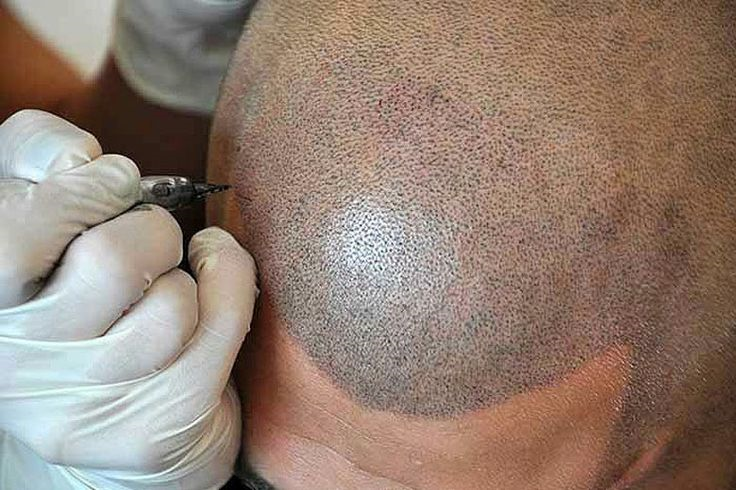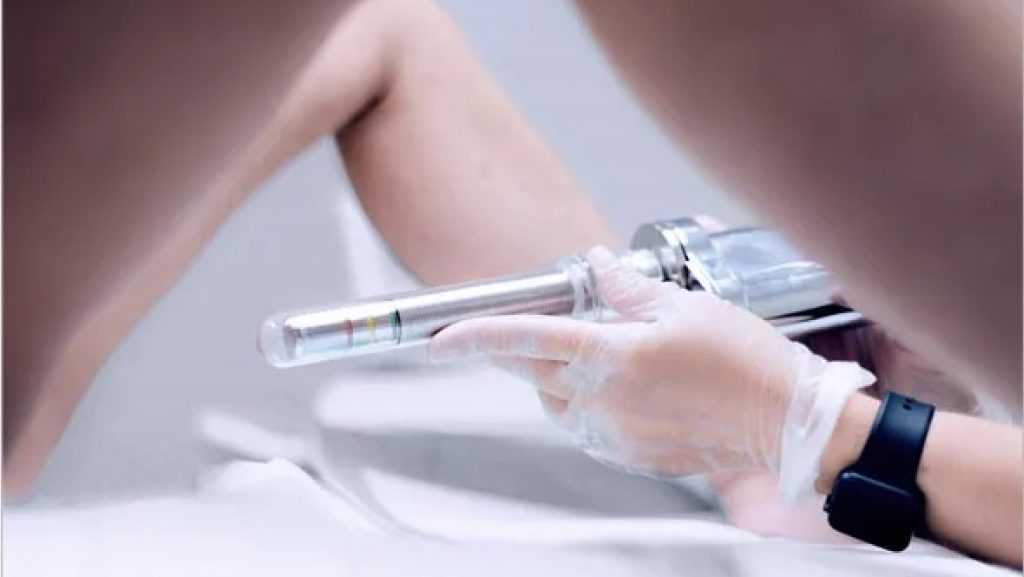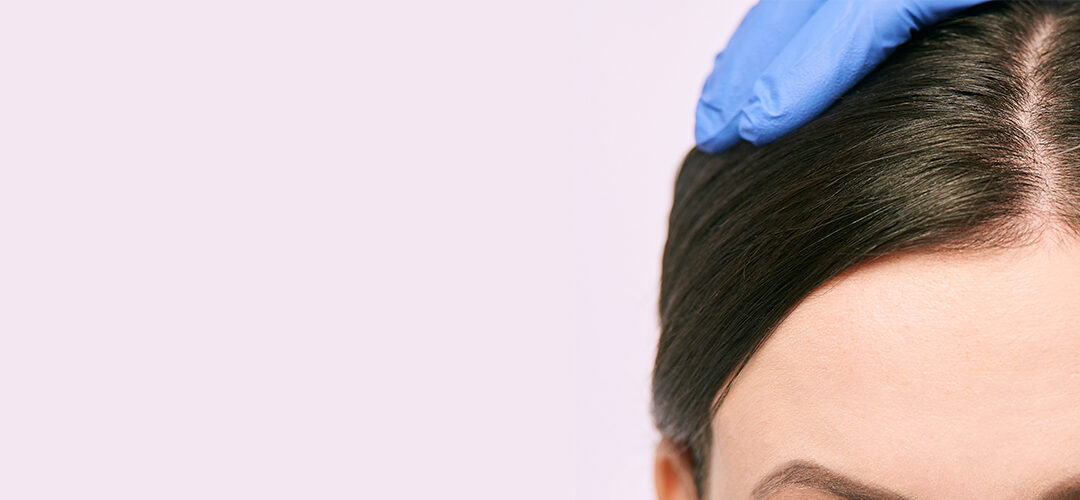Rhinoplasty is one of Dubai’s most sought-after cosmetic procedures, known for its ability to refine facial balance and boost confidence. While it delivers stunning aesthetic and functional results, many patients wonder: “How painful is rhinoplasty?” The good news is that with advanced medical care and anesthesia options available, rhinoplasty surgery in Dubai is far more comfortable than most expect.
In this comprehensive guide, we’ll explore the types of pain associated with rhinoplasty, the best pain management options available, and expert aftercare tips to ensure a smooth, stress-free recovery.
Understanding Pain After Rhinoplasty Surgery
Pain after rhinoplasty is typically mild to moderate and manageable with prescribed medications. Most patients describe the sensation as discomfort or pressure around the nose and cheeks rather than sharp pain.
Common postoperative symptoms may include:
-
Mild swelling and bruising around the eyes and nose.
-
A feeling of nasal congestion due to internal swelling.
-
Occasional headaches or tightness across the face.
These symptoms are temporary and improve significantly within the first few days after surgery. By following your surgeon’s pain management plan, you can recover comfortably and focus on your transformation.
Pain Management Before, During, and After Surgery
Dubai’s top cosmetic clinics use a comprehensive, multi-stage approach to ensure patients remain comfortable before, during, and after rhinoplasty surgery.
1. Preoperative Comfort Measures
Before surgery, your surgeon and anesthesiologist will review your medical history and discuss anesthesia options to ensure maximum comfort.
-
Sedation and relaxation: Light sedatives may be given before surgery to calm nerves.
-
Medication planning: Patients may receive prescriptions for pain relief to prepare for recovery.
Preoperative communication is key — your doctor will ensure you understand what to expect and how to manage discomfort effectively.
2. Anesthesia During Surgery
The type of anesthesia used depends on the complexity of your rhinoplasty and your surgeon’s preference.
-
Local Anesthesia with Sedation: Numbing agents and mild sedatives are used for minor procedures or touch-ups.
-
General Anesthesia: Commonly used for more complex surgeries, ensuring you are fully asleep and feel no pain.
Both options are safe when administered by qualified anesthesiologists. Dubai’s surgical centers maintain world-class safety standards, ensuring your experience remains smooth and pain-free.
3. Postoperative Pain Management
After surgery, your surgeon will prescribe a combination of medications and non-medicinal approaches to help you stay comfortable during recovery.
a. Prescription Medications:
-
Pain relievers: Mild analgesics like paracetamol or ibuprofen are commonly used.
-
Antibiotics: Prevent infection during the healing phase.
-
Decongestants: Help reduce nasal congestion and improve breathing.
b. Cold Compresses:
Applying cold compresses around the eyes and cheeks can significantly reduce swelling and discomfort during the first 48 hours.
c. Elevation:
Keeping your head elevated while sleeping helps minimize pressure and swelling, improving overall comfort.
d. Humidifiers and Saline Sprays:
These keep nasal passages moist, preventing dryness and irritation that can cause discomfort.
Pain Timeline: What to Expect After Rhinoplasty
Understanding the recovery timeline can help you prepare mentally and physically for your healing journey.
| Timeframe | Sensation Level | Pain Management Tips |
|---|---|---|
| Day 1–3 | Mild to moderate pressure and swelling | Use cold compresses, take prescribed painkillers on time |
| Day 4–7 | Noticeable improvement in discomfort | Continue gentle care; avoid bending or lifting heavy objects |
| Week 2 | Minor tenderness only | Resume light activities; still avoid strenuous exercise |
| Month 1+ | Minimal to no pain | Swelling gradually fades; enjoy visible improvements |
Most patients report little to no pain after the first week, especially with diligent aftercare.
Non-Medical Pain Relief Techniques
In addition to medications, Dubai’s top clinics often recommend complementary strategies for pain relief:
-
Cold therapy: Reduces inflammation and provides natural pain relief.
-
Rest and hydration: Help speed up healing and tissue recovery.
-
Nasal care routines: Gentle saline rinses keep the nose clear and comfortable.
-
Mindfulness and relaxation: Stress management techniques like deep breathing can ease discomfort and promote healing.
These natural methods work best when combined with professional medical care.
Managing Pain from Specific Rhinoplasty Types
Different rhinoplasty techniques may lead to varying degrees of postoperative discomfort.
-
Closed Rhinoplasty: Involves fewer incisions, resulting in faster recovery and minimal pain.
-
Open Rhinoplasty: May involve slightly more swelling and tenderness, but modern pain management ensures comfort.
-
Revision Rhinoplasty: Requires delicate adjustments, often with a longer recovery, but pain remains manageable with the right care plan.
Cost of Rhinoplasty Surgery in Dubai
Cost:
Affordable rhinoplasty in Dubai varies depending on the complexity of the procedure, the surgeon’s experience, and clinic facilities. Typically, closed rhinoplasty ranges from 4,599 AED to 12,999 AED.
Pain management, anesthesia, and follow-up visits are usually included in the comprehensive surgical package. For an exact estimate, consult a board-certified plastic surgeon in Dubai who can tailor the plan to your needs.
Tips for a Comfortable Recovery
-
Take Medications as Prescribed: Never skip doses or self-medicate.
-
Sleep with Head Elevated: Use two pillows to reduce swelling.
-
Avoid Hot Showers: Steam can increase nasal swelling.
-
Eat Soft Foods: Prevent unnecessary strain on facial muscles.
-
Limit Physical Activity: Give your body time to heal naturally.
With consistent care, most patients find the recovery period surprisingly easy and pain-free.
Why Pain Management Is Excellent in Dubai
Dubai’s cosmetic surgery clinics are recognized for their patient-centered approach and advanced recovery protocols. Key benefits include:
-
Access to experienced anesthesiologists and pain specialists.
-
Use of the latest minimally invasive surgical techniques.
-
State-of-the-art postoperative care.
-
Personalized recovery plans that prioritize comfort and safety.
Patients can expect comprehensive care from consultation to recovery, ensuring a calm, supportive, and virtually pain-free experience.
Final Thoughts
While it’s natural to worry about discomfort before surgery, modern medicine has made rhinoplasty surgery in Dubai remarkably comfortable. With personalized anesthesia, advanced surgical methods, and expert aftercare, patients can expect a smooth and virtually pain-free journey toward their desired look.
For those ready to take the next step, Tajmeels Clinic offers advanced pain management techniques, customized recovery care, and experienced surgeons dedicated to your comfort and results.
FAQs About Pain Management in Rhinoplasty Surgery
1. Is rhinoplasty surgery painful?
Most patients report only mild discomfort rather than pain, especially with prescribed medications and proper care.
2. How long does pain last after rhinoplasty?
Pain typically subsides within 5–7 days, with mild tenderness lasting a bit longer in some cases.
3. What is the best way to reduce swelling and discomfort?
Cold compresses, head elevation, and saline sprays are effective in minimizing swelling and easing discomfort.
4. Can I take over-the-counter painkillers after surgery?
Only take medications approved by your surgeon, as some over-the-counter drugs may increase bleeding risk.
5. Are pain management options included in the surgery cost in Dubai?
Yes, most clinics include anesthesia and prescribed pain relief in their total package, but confirm this during your consultation.







0 Comments